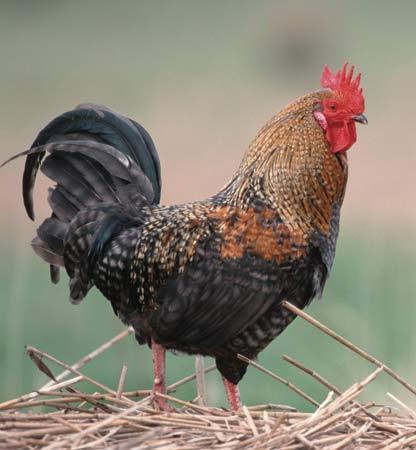Rooster Time
 What do a rooster and novels have in common? After this last trip to Nicaragua, I'd say timing. Sounds silly, right? Hear me out.
What do a rooster and novels have in common? After this last trip to Nicaragua, I'd say timing. Sounds silly, right? Hear me out.
For the last few weeks, I've spent some time traveling in the Dominican Republic and then over to Nicaragua. The trip was great of course and I'll share details soon enough, but currently on my mind is the rooster that woke me up over the last week of my trip. At first, I wanted to strangle him, especially as I watched the hours tick by—3 am, 4 am, and 5 am. Finally, I gave up and woke up at 7 am. He was like an alarm clock with no snooze button.
Either way it got me thinking about how he knew when to crow and how useful it could possibly be. And then because I'm a writer, I tried to relate it to writing and somehow it made sense. This was of course after talking it over with my critique partner. So here goes…
Have you ever thought about the pacing of your works? If you've had a bit of experience as a writer, I'm sure you have. Prior to my last work, I honestly didn't think about pace, which is probably why it gave me a bit of trouble. But with time, I began to recognize that my works needed some kind of rhythm. Just like my friend the rooster! My critique partner a.c. Mason helped me find this with the following explanation:
A work should fall into 3 Acts: ACT I, ACT II and ACT III. Beyond that, you should have some sort of pace within each act working up to some kind of climactic event. For instance, my latest work, Irish Dreams, has a pace of scene, sequel, scene, sequel,
etc. The Scenes are the portions where something happens. Not just anything but something big that would have a ripple
effect. The sequels are the ripple effect/reaction to the scenes. We'll use Pride and Prejudice as an example. Mr. Darcy and Mr. Bingley arriving at the ball in Meryton is the scene—Mr. Darcy makes his pompous attitude known and expresses his sentiments about Elizabeth Bennett being somewhat mediocre. This scene sets the tone for the sequel in which the women reflect on the ball and express their thoughts. That is the ripple effect.
Now depending on the pace and the type of book you are writing, the rhythm can change. Books with more excitement or action tend to have more scenes (scene, scene, sequel, etc.) whereas slower paced books may have more sequels (sequel, sequel, scene, sequel, sequel, etc). The trick is finding the right balance. You don't want your novel to be too slow but you also want the readers to feel in touch with your characters and the world you create.
Make sense? And to think, this all started with a rooster. Guess he served a purpose for me after all. Happy Writing!
Filed under: critiquing, Toni Kelly, Writer's Life, Writing Topics








Lady Smut
...more
- C. Margery Kempe's profile
- 52 followers



